Mastering the art of drip coffee is an exciting journey that invites both beginners and seasoned enthusiasts to explore a world of flavors and aromas. If you’ve ever sipped a perfectly brewed cup and wondered how to replicate that experience at home, you’re in the right place. This guide will take you through the essentials of drip coffee, from understanding what it is to selecting the right tools for your brewing adventure.
As we dive into the history and culture of drip coffee, you’ll discover how this brewing method has evolved over time and its significance in coffee-drinking cultures around the world. Each sip tells a story, and knowing that story can enhance your appreciation for this beloved beverage.
Choosing the right coffee beans is crucial to creating a delightful cup. We’ll explore the different types of beans and their unique characteristics, helping you find the perfect match for your taste preferences. Plus, understanding how to select the ideal roast level will set you on the path to brewing success.
Finally, let’s not forget about the essential tools you’ll need for drip coffee brewing. Whether you’re just starting out or looking to upgrade your gear, this guide will provide helpful tips for choosing the right equipment. With the right knowledge and tools, you’ll be brewing delicious coffee in no time!
- Discover the fundamentals of drip coffee and its cultural significance.
- Learn how to choose the perfect coffee beans and roast level.
- Get tips on essential tools for brewing great drip coffee at home.
Fundamentals of Drip Coffee
What is Drip Coffee?
Drip coffee is a brewing method that uses a filter to separate coffee grounds from water, allowing the flavors to infuse gradually. This process results in a clean, flavorful cup that highlights the coffee’s unique characteristics. It’s a popular choice among coffee lovers because of its simplicity and the ability to control the brewing parameters.
To make drip coffee, you typically need a coffee maker or a manual brewing device, along with freshly ground coffee beans and water. The ratio of coffee to water, grind size, and brewing time all play a crucial role in determining the final taste of your brew. Understanding these factors is essential for creating a cup you truly enjoy.
- Drip coffee involves using a filter to brew coffee through hot water.
- It allows for a clean and flavorful cup of coffee.
- The brewing process can easily be controlled for a personalized experience.
History and Culture of Dripping
The history of drip coffee dates back to the early 20th century when coffee brewing methods began to evolve significantly. The introduction of the drip coffee maker in the 1950s revolutionized home brewing, making it accessible to many households. This method quickly became a staple in American dining rooms and kitchens, with its convenience and ability to brew multiple cups at once.
Culturally, drip coffee has woven itself into the fabric of daily life in various regions. In the United States, it’s not just a beverage; it’s a ritual. Many people start their day with a warm cup, using it as a moment of pause before diving into their busy schedules. In Europe, especially in countries like Italy and France, coffee drinking is often a social affair, where friends gather over a cup to share stories and laughter.
As we explore the cultural significance of drip coffee, it’s fascinating to see how it connects people across different backgrounds. The way we brew and enjoy coffee can reflect our values and traditions, making every cup more than just a drink but a shared experience.
- Drip coffee gained popularity with the introduction of coffee makers in the 1950s.
- It has become a daily ritual for many people, especially in the U.S.
- Coffee culture varies globally, reflecting local traditions and social practices.
Choosing Coffee Beans
Types of Beans and Their Characteristics
When it comes to drip coffee, the choice of coffee beans can make a significant difference in flavor and aroma. There are primarily four types of coffee beans: Arabica, Robusta, Liberica, and Excelsa. Each bean type has its unique characteristics that can influence your brewing experience.
Arabica beans are known for their smooth, mild flavor and are often preferred by coffee connoisseurs. They grow at higher altitudes and have a delicate balance of sweetness and acidity. On the other hand, Robusta beans tend to have a stronger, more bitter taste and contain higher caffeine levels. These beans are often used in espresso blends and can add a nice kick to your brew.
- Arabica beans offer smooth and mild flavors.
- Robusta beans have a stronger, more bitter taste and higher caffeine.
- Understanding these characteristics helps in selecting the right beans for your taste.
Selecting the Roast Level
The roast level of your coffee beans plays a crucial role in defining the overall taste of your drip coffee. Coffee can be roasted at different levels, ranging from light to dark, and each level brings out different flavors and aromas.
Light roasts tend to highlight the natural flavors of the beans, offering bright acidity and fruity notes. They are often favored by those who appreciate a more nuanced flavor profile. Medium roasts strike a balance, providing a fuller body while still retaining some of the original bean characteristics. If you enjoy a richer, bolder taste, dark roasts might be the way to go. These beans typically have a more robust flavor and can sometimes carry smoky or chocolatey notes.
As you explore different roast levels, consider experimenting with various brewing techniques. Some methods may enhance certain flavors, allowing you to discover new dimensions of your favorite beans. Don’t hesitate to keep an open mind and try different combinations. You’ll be surprised at how much variety exists within the world of coffee.
- Light roasts emphasize natural flavors and acidity.
- Medium roasts provide a balanced flavor profile.
- Dark roasts offer a bold, robust taste with unique notes.
In choosing the right coffee beans and understanding their roast levels, you’re already on the path to brewing a delightful cup of drip coffee. As you refine your preferences, you’ll find that the journey of exploration continues, leading you to new experiences in every sip.
Tools for Drip Coffee
Introduction to Essential Tools
When it comes to brewing the perfect cup of drip coffee, having the right tools can make all the difference. The beauty of drip coffee lies not only in the quality of the beans but also in the equipment you use. From coffee makers to grinders, each tool plays a vital role in achieving that rich, flavorful cup you crave. As we explore the essential tools for drip coffee, you’ll find that understanding their functions can elevate your brewing experience.
Investing in quality equipment doesn’t have to break the bank. There are plenty of options available, whether you’re a beginner or looking to refine your coffee-making skills. Knowing what tools you need will help you navigate the coffee world with confidence.
- The right tools significantly impact the flavor of your coffee.
- Quality equipment doesn’t have to be expensive.
- Understanding your tools is key to a better brewing experience.
Tips for Choosing Equipment
Choosing the right equipment for your drip coffee adventure is a crucial step in your journey. Start with a reliable coffee maker that suits your brewing style. There are many options, from traditional drip machines to pour-over devices. Each has its unique features and benefits, so consider what works best for your routine. If you prefer the convenience of a machine, look for one with adjustable settings for grind size and brewing time.
Another important tool is a good quality coffee grinder. Freshly ground beans can dramatically enhance the flavor of your coffee. Burr grinders are often recommended over blade grinders because they provide a consistent grind size, which is essential for optimal extraction during brewing. If you’re serious about your coffee, investing in a burr grinder will pay off in flavor.
Water quality is often overlooked but plays a significant role in your brew. Using filtered water can help remove any impurities that might alter the taste of your coffee. Additionally, be mindful of water temperature; ideally, it should be around 195°F to 205°F for the best extraction.
Lastly, consider other accessories like coffee scales and timers. These tools help ensure you’re using the right coffee-to-water ratio and brewing for the appropriate amount of time. Precision is key in coffee brewing, and these tools can help you achieve a consistent and delicious cup every time.
- Start with a reliable coffee maker that suits your style.
- Invest in a burr grinder for consistent grind size.
- Use filtered water for better taste.
- Consider accessories like scales and timers for precision.
As you gather your tools, remember that each piece of equipment contributes to the larger picture of your coffee experience. With the right tools in hand, you’re well on your way to mastering the art of drip coffee, ready to enjoy every rich and aromatic sip that follows.
Brewing Methods and Tips
How to Brew Delicious Coffee
Brewing delicious drip coffee is both an art and a science. The process begins with the right combination of coffee grounds and water, which can lead you to that perfect cup you’ve been dreaming about. Start by measuring your coffee and water accurately, as this will impact the flavor significantly. A common recommendation is to use one to two tablespoons of coffee for every six ounces of water, but feel free to adjust this based on your taste preferences.
Next, pay attention to your brewing temperature. Ideally, the water should be heated to around 195°F to 205°F. If your water is too hot, it can over-extract the coffee, leading to bitterness. On the other hand, water that’s not hot enough won’t extract enough flavor, resulting in a weak cup. Finding that sweet spot can take some experimentation, but it’s well worth it for a delicious brew.
- Measure coffee and water accurately for optimal taste.
- Use water heated to 195°F to 205°F for best results.
- Experiment with ratios until you find your perfect blend.
Key Points to Avoid Mistakes
Even if you have the right tools and beans, there are a few common mistakes that can hinder your coffee experience. One of the biggest issues is using stale coffee beans. Freshness is key in coffee, so try to buy whole beans and grind them just before brewing. This helps preserve the oils and flavors that contribute to a vibrant cup.
Another mistake is neglecting to clean your equipment regularly. Old coffee oils and residues can build up, negatively affecting the taste of your coffee. Make it a habit to clean your coffee maker and grinder after each use to maintain the quality of your brew.
Additionally, be mindful of the grind size. A grind that’s too coarse might result in weak coffee, while a grind that’s too fine can lead to over-extraction, which can make your coffee taste bitter. Adjusting the grind size based on your brewing method can create a more balanced flavor.
Lastly, don’t forget to experiment! Coffee brewing is a personal journey. Trying different beans, adjusting the brewing time, or even exploring various brewing methods can lead to exciting discoveries. Embrace the process, and don’t be afraid to make mistakes along the way.
- Use fresh, whole beans for the best flavor.
- Clean your equipment regularly to maintain quality.
- Adjust grind size according to your brewing method.
- Experiment with different beans and techniques to find your favorite.
Summary
In this journey of exploring drip coffee, we’ve uncovered the essential aspects that contribute to a delightful brewing experience. From understanding the history and cultural significance of drip coffee to selecting the perfect beans and tools, every step plays a crucial role in crafting the ideal cup. Remember, the joy of coffee lies not only in its flavor but also in the ritual of preparation and enjoyment.
Equipping yourself with the right tools is vital for brewing delicious coffee at home. Whether you opt for a simple coffee maker or a more advanced pour-over setup, the quality of your equipment can significantly affect the outcome. Additionally, paying attention to details like water temperature and grind size can elevate your brewing game, allowing you to savor the unique flavors of each coffee bean.
As you embark on your coffee journey, don’t hesitate to experiment and refine your preferences. Coffee brewing is a personal adventure, and each cup offers a chance to discover new flavors and techniques. Embrace the process, and enjoy every sip of your perfectly brewed drip coffee.
- Understanding the history and culture of drip coffee enriches your appreciation.
- Choosing the right tools and beans is key to achieving your desired flavor.
- Experimentation and attention to detail can lead to personalized brewing success.
I’d love to hear your thoughts! What have been your favorite experiences with drip coffee? Feel free to share in the comments!



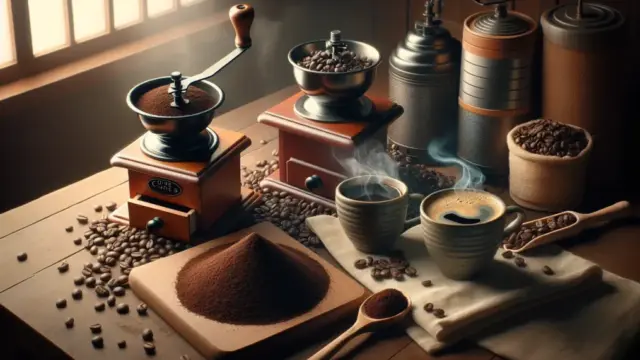
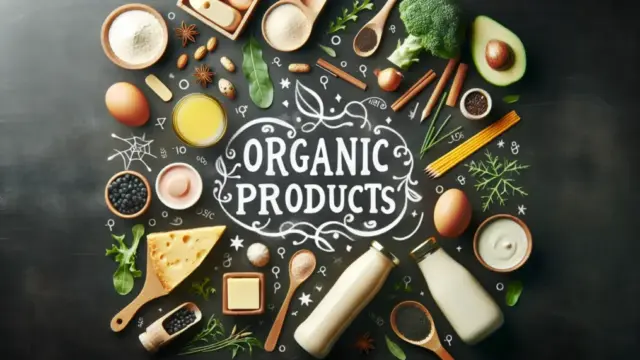


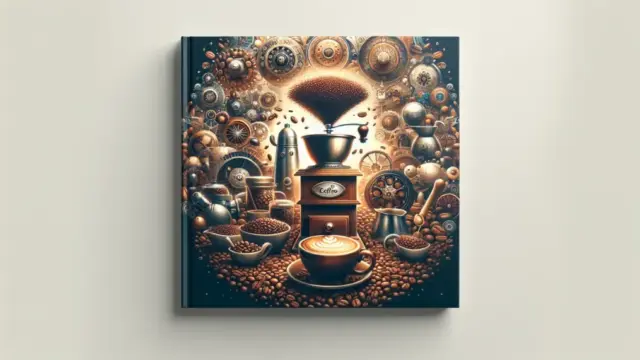




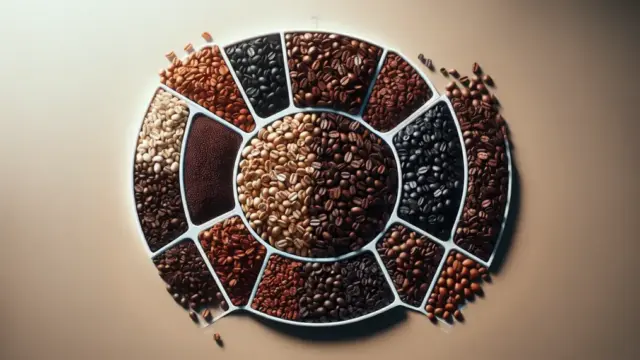









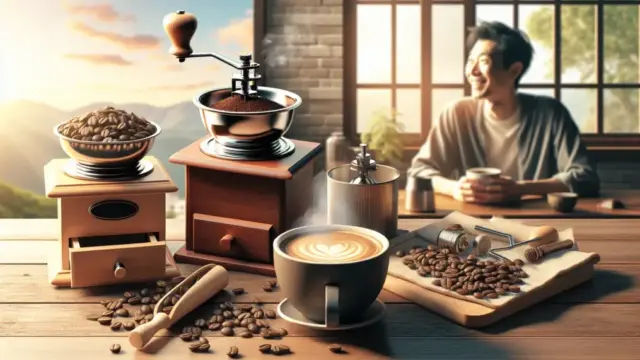


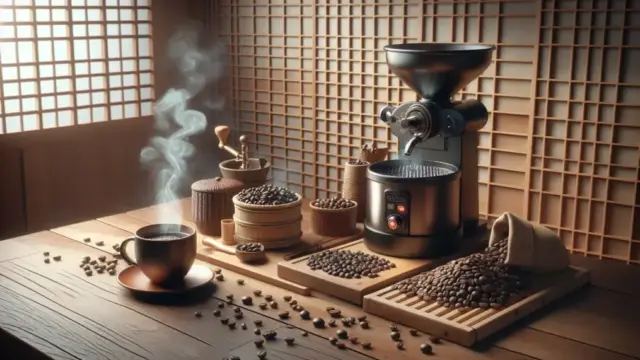
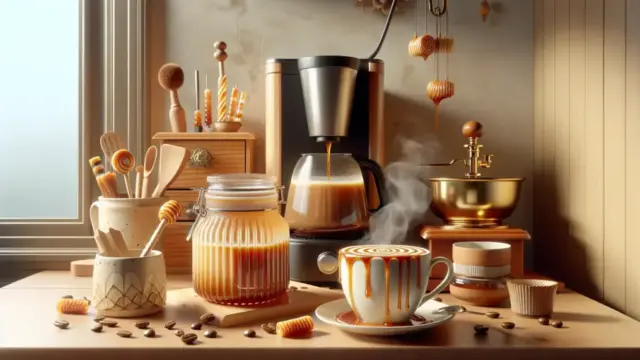







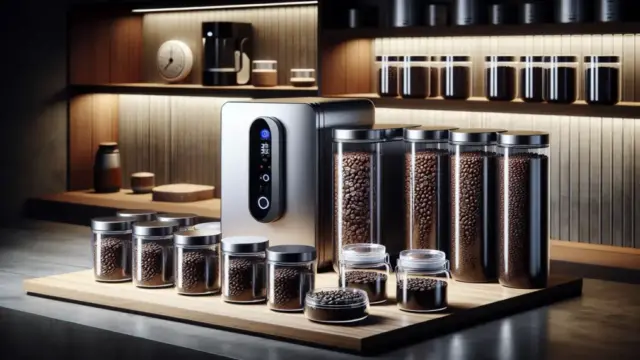

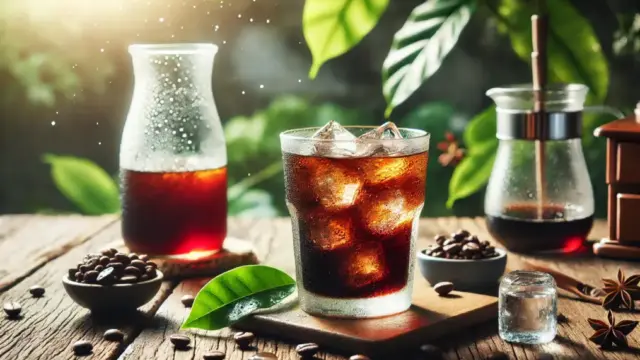










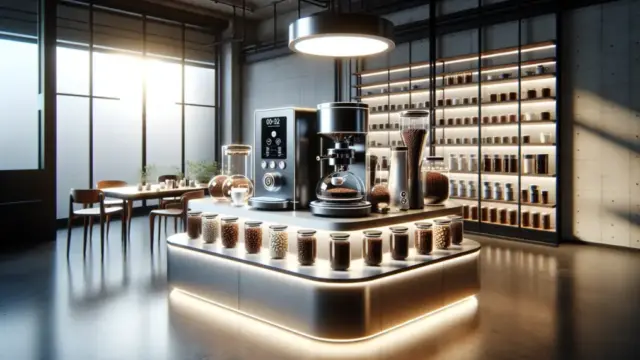





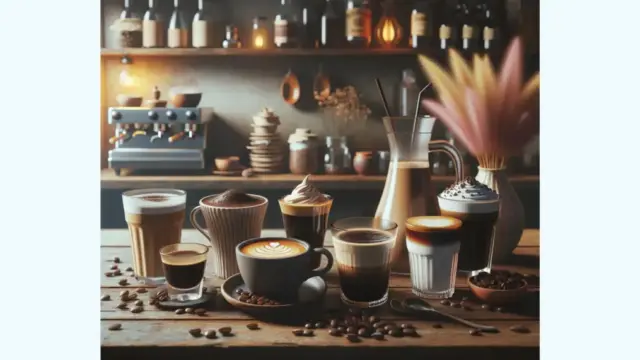
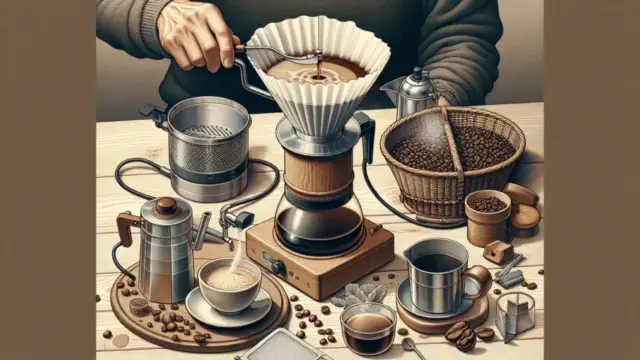









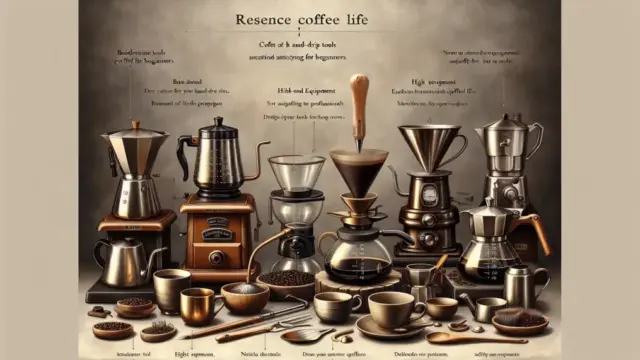






Comment